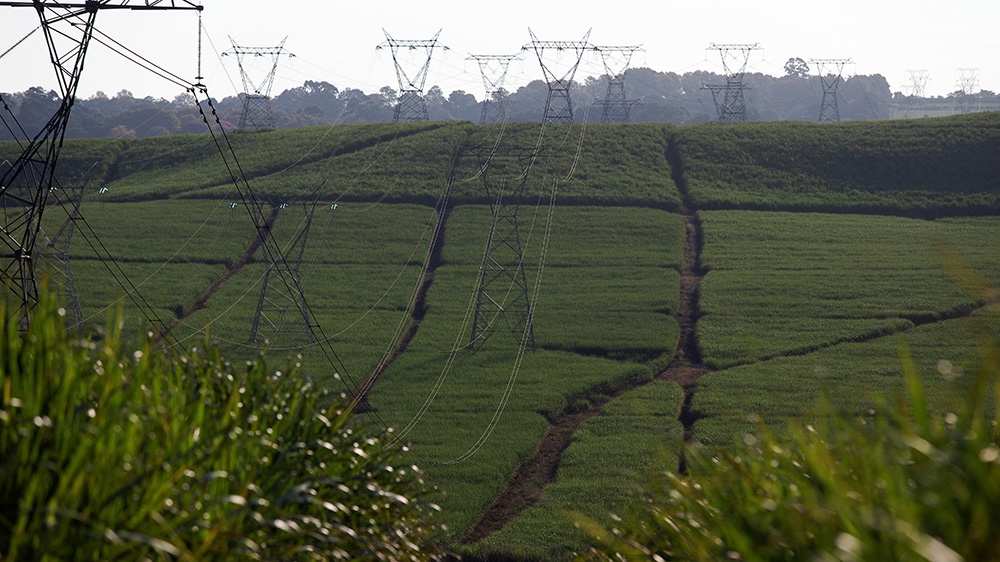
South African state power utility Eskom may be forced to implement power cuts lasting at least six hours a day, after 10 generation units went offline overnight and a strike disrupted its operations.
The cuts could begin on Tuesday, company executives said at an emergency briefing.
The so-called “Stage 6” electricity cuts Eskom is currently facing have only been implemented once before in its history, it said. The group’s ageing coal-fired power station fleet is highly prone to faults, and its ability to return units to service has been constrained by labour protests.
The protests began last week after wage talks between Eskom and trade unions including the National Union of Metalworkers of South Africa and the National Union of Mineworkers reached a deadlock.
Eskom has been implementing Stage 4 power cuts requiring up to 4,000 megawatts (MW) to be shed from the national grid since late last week. Stage 6 outages would require up to 6,000 MW to be shed, and were only implemented once before, in December 2019.
Eskom’s Chief Operating Officer Jan Oberholzer said for most South Africans Stage 6 outages meant at least six hours of power cuts during the day.
“We are not yet at Stage 6, but the risk is very high,” he told a news conference on Tuesday. “We will try whatever we can to avoid it.”
The rand, which had been trading stronger against the dollar in early trade, weakened on the warning from Eskom.
The utility plans to meet union leaders later on Tuesday to try to resolve issues relating to the strike, Eskom Chief Executive Andre de Ruyter said.
Eskom was granted a court interdict to block the strike, but the protests have continued.
The loss-making utility, saddled with debt approaching 400 billion rand ($25.2bn), is trying to contain costs as part of a turnaround plan.
Reforming Eskom is a priority for President Cyril Ramaphosa’s government, but efforts to improve its performance have barely achieved results.







